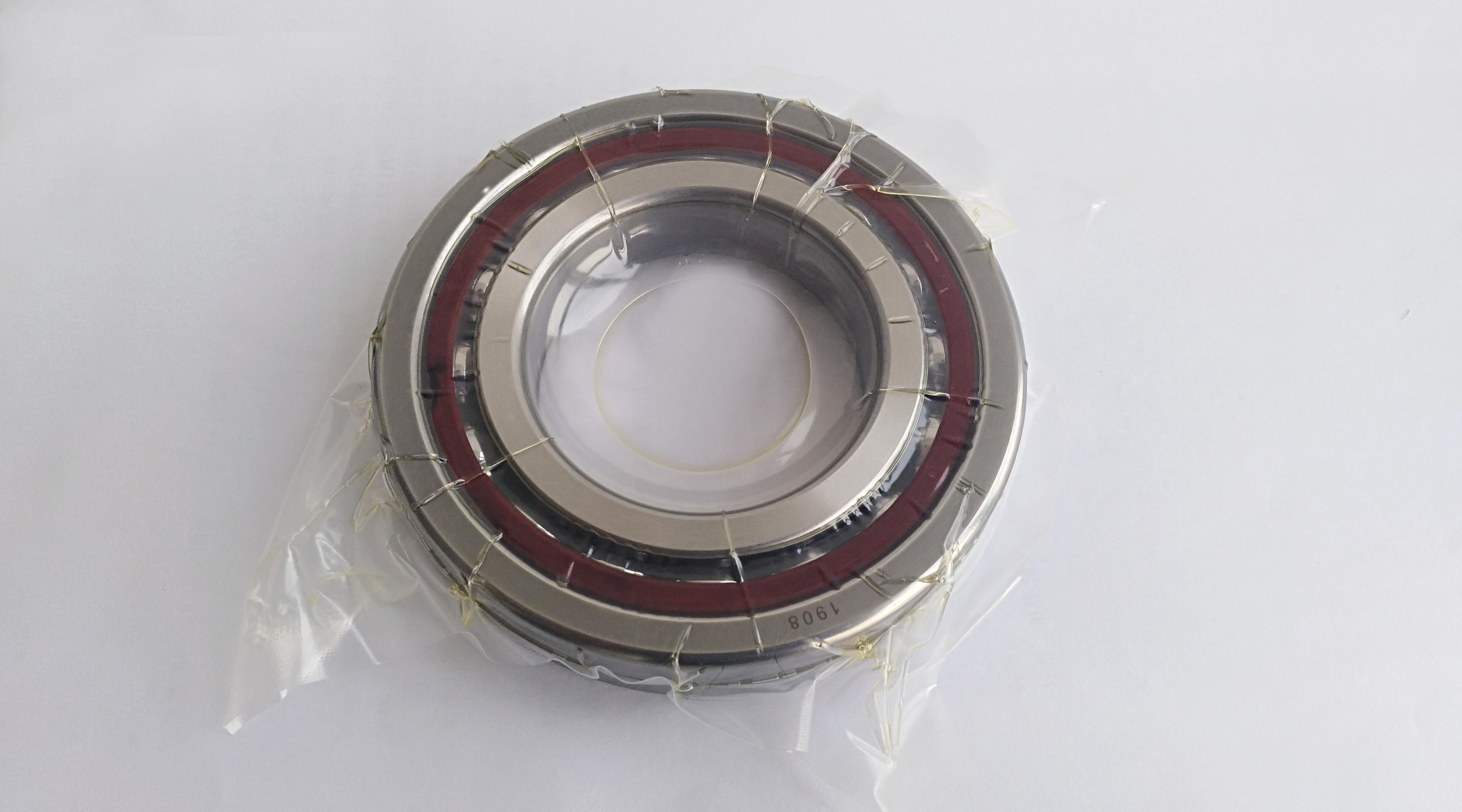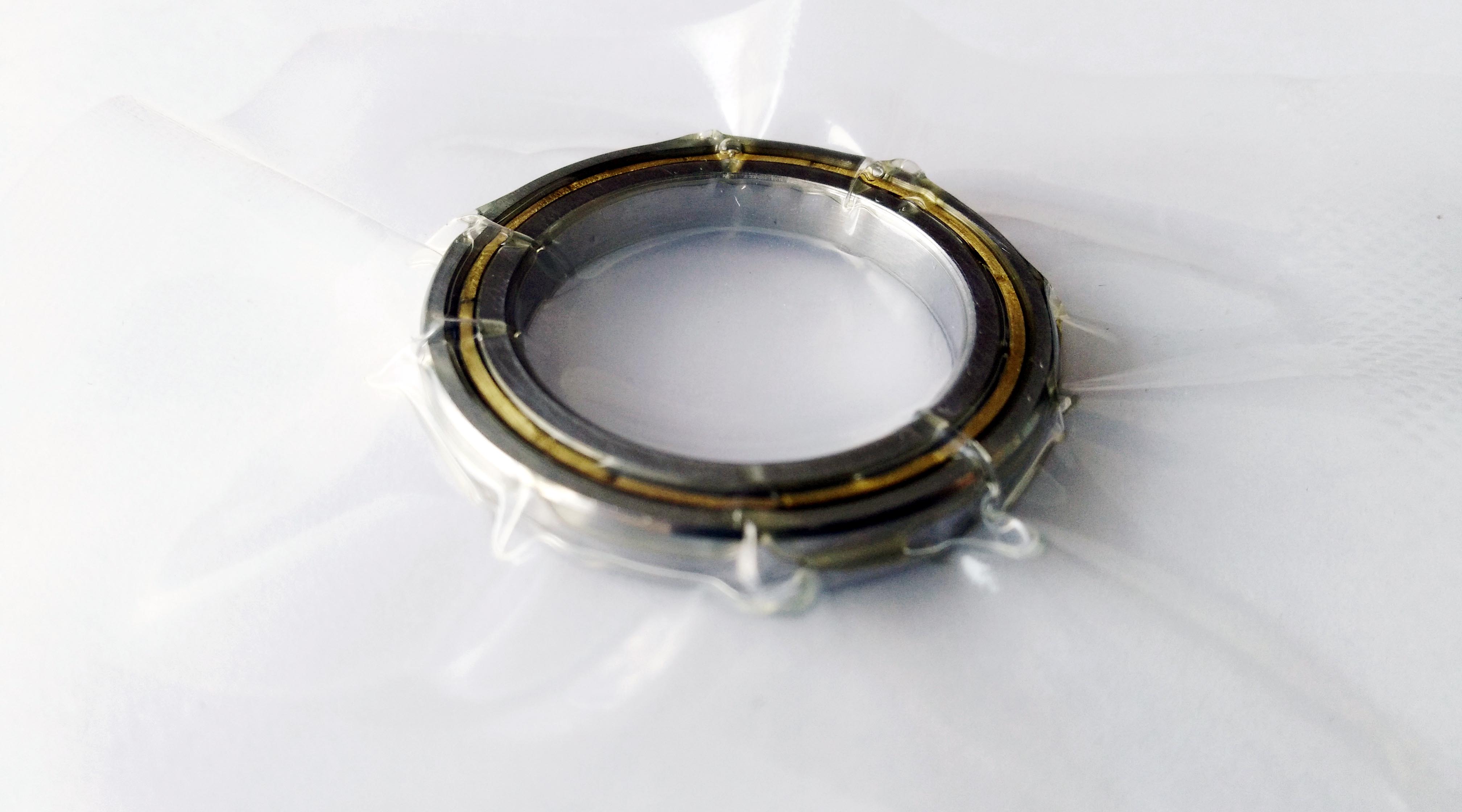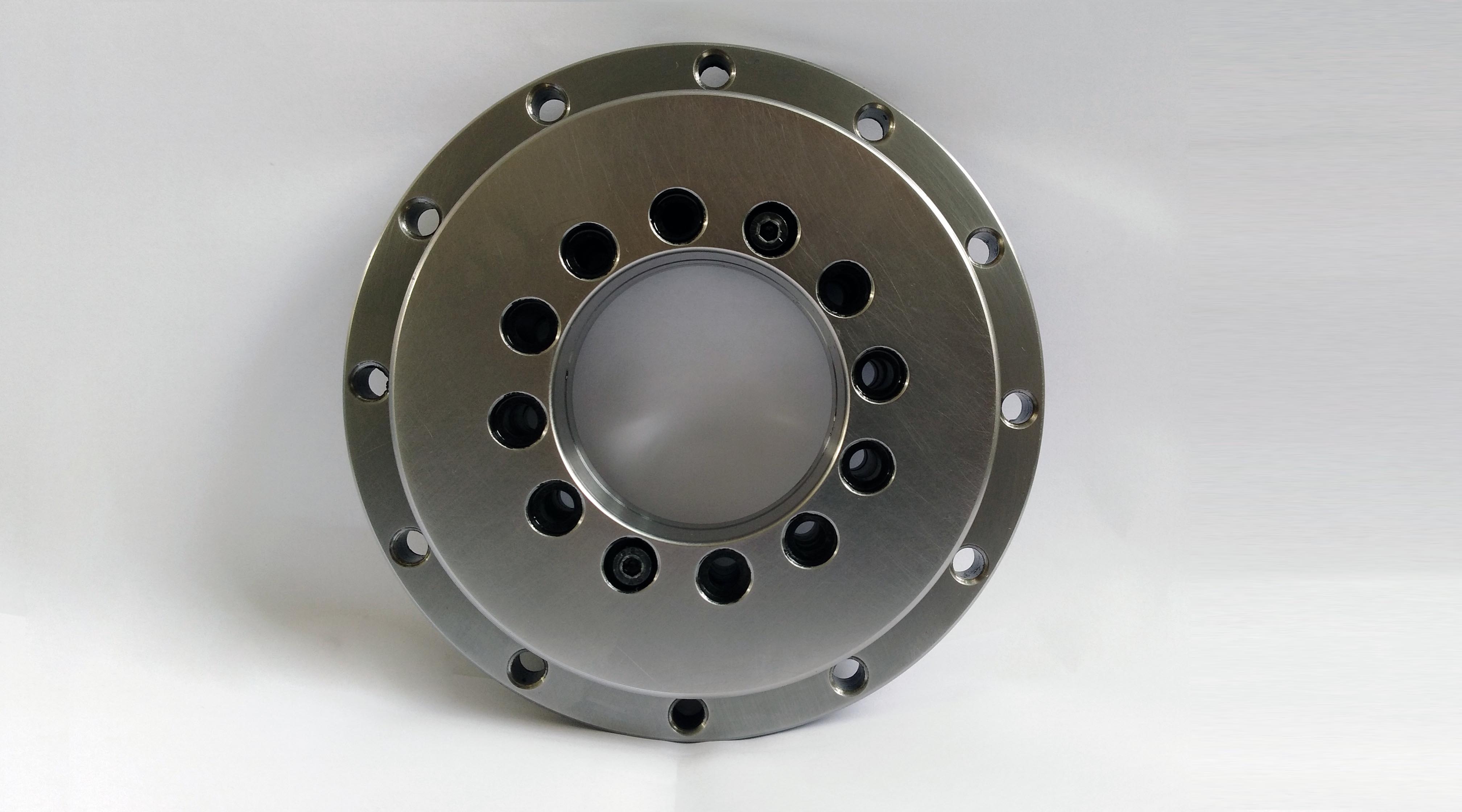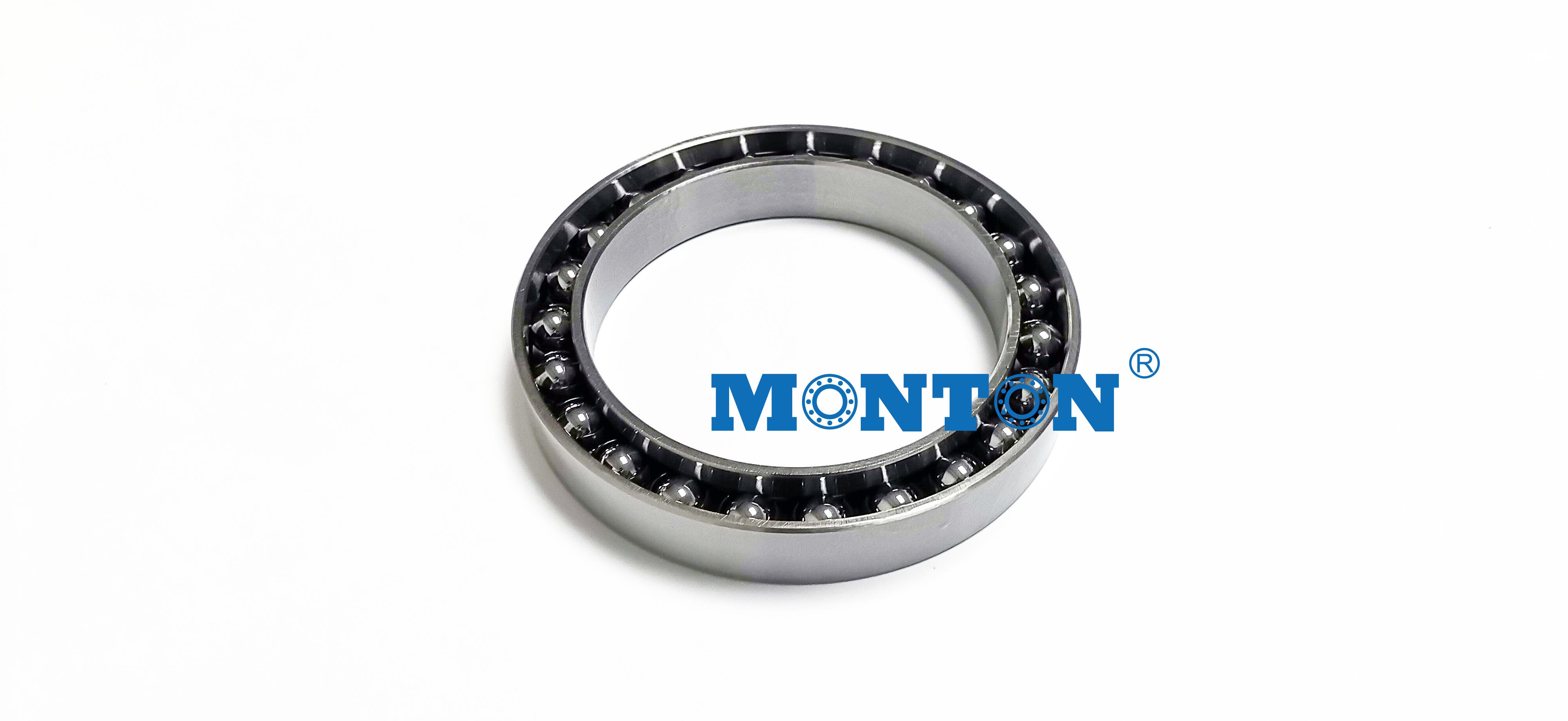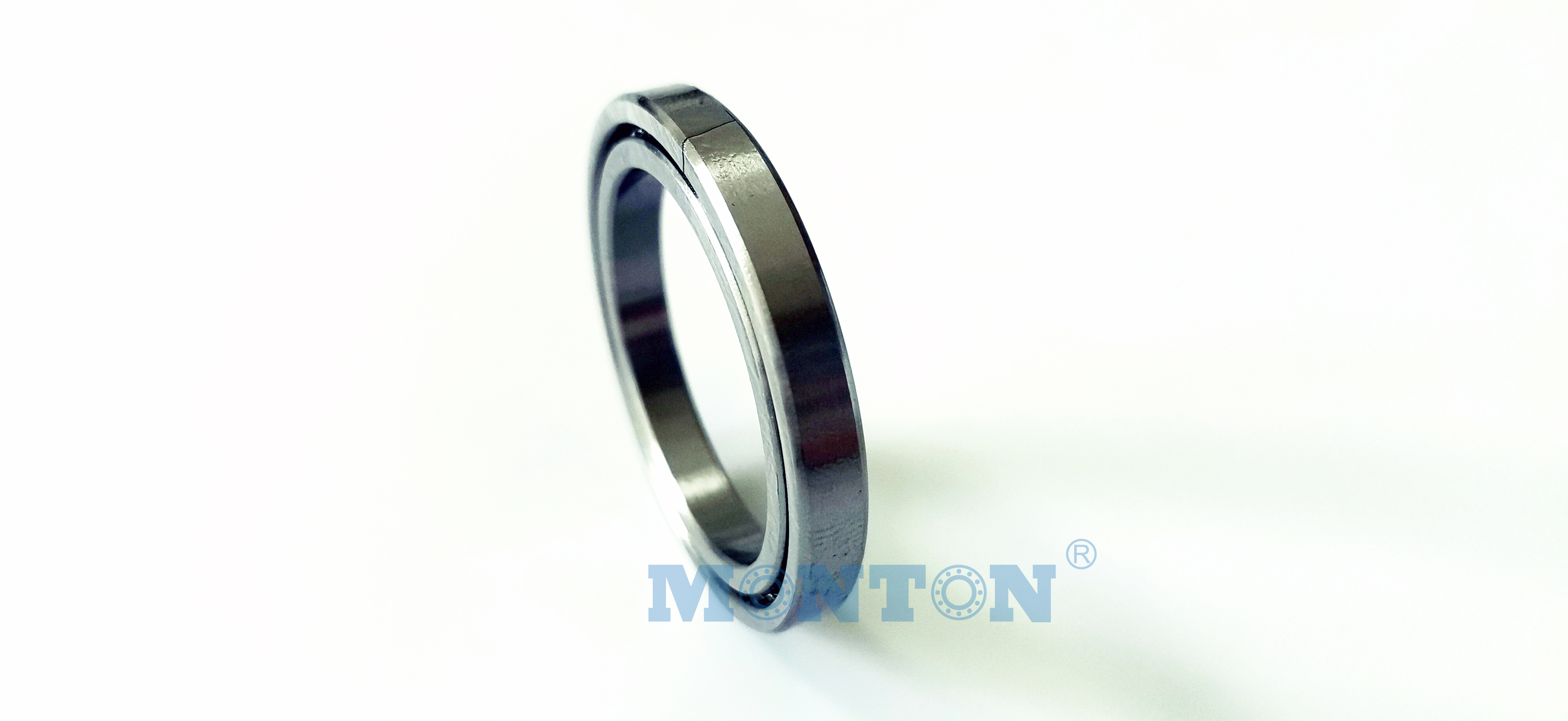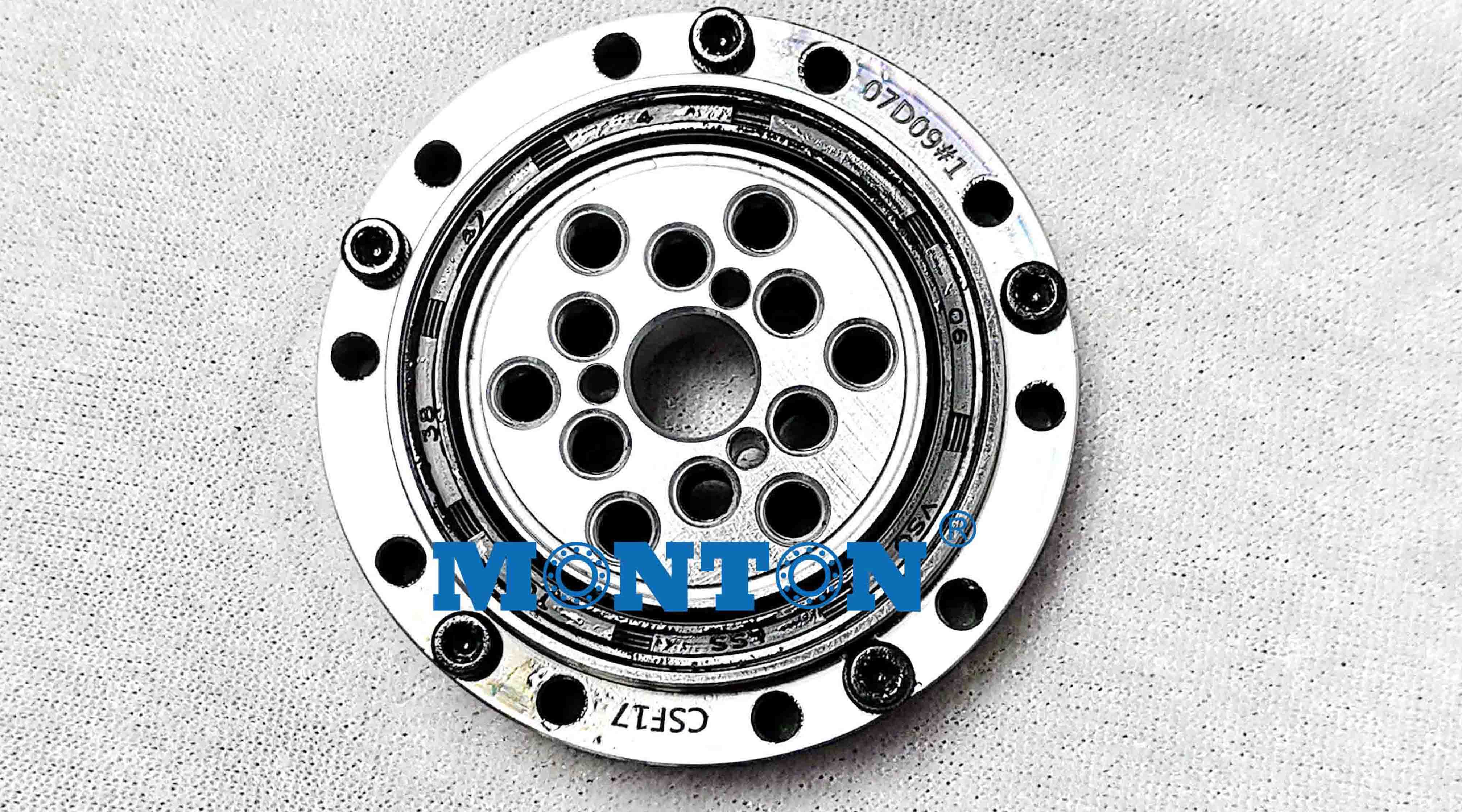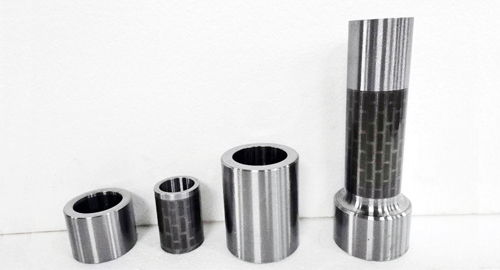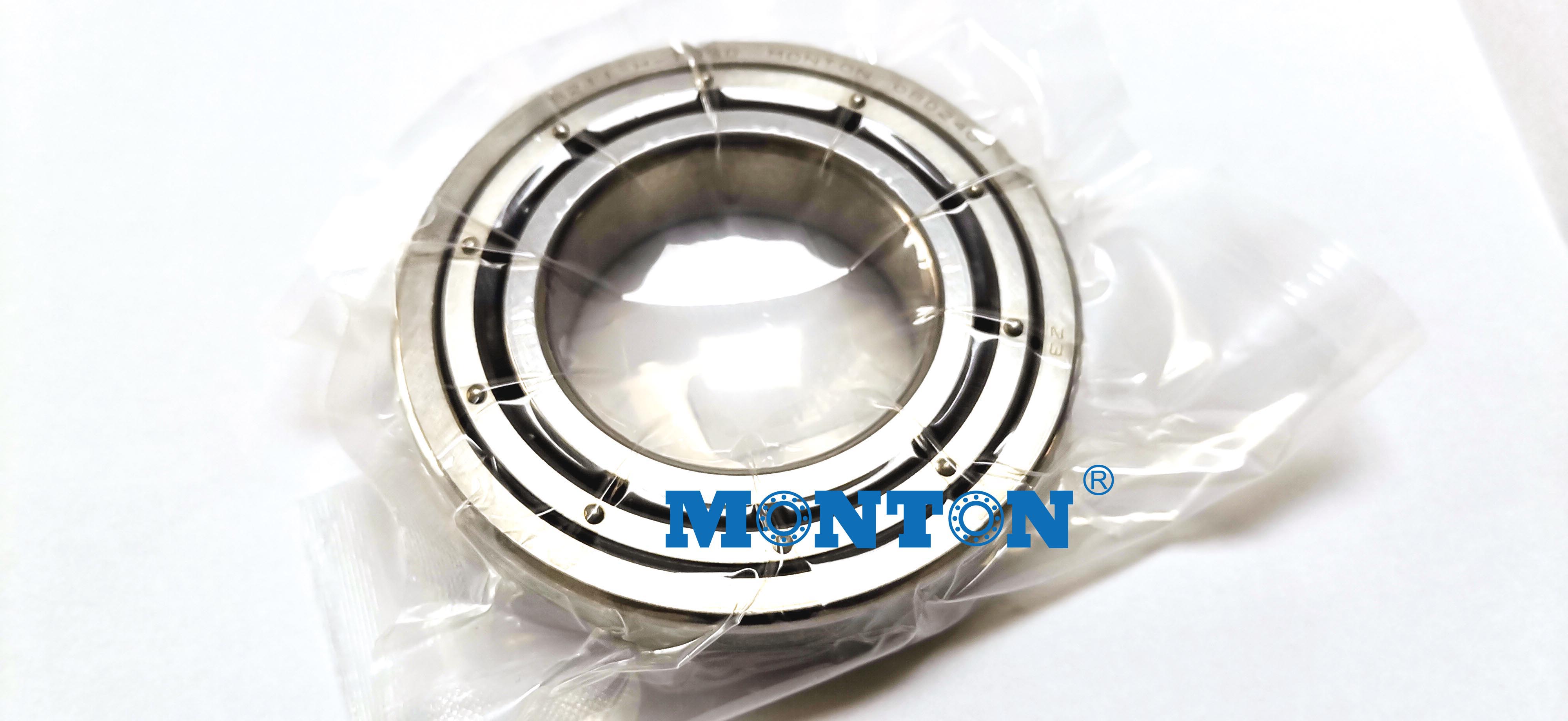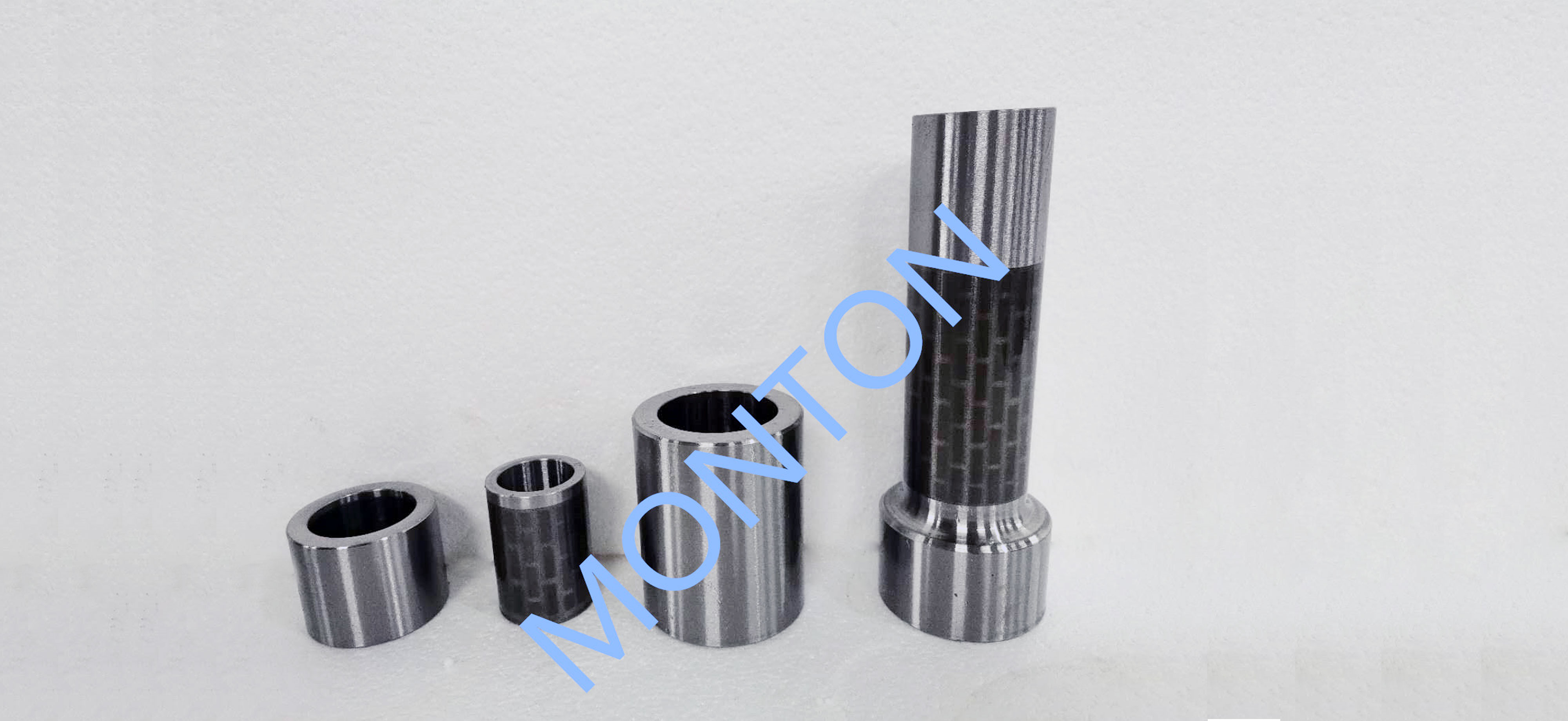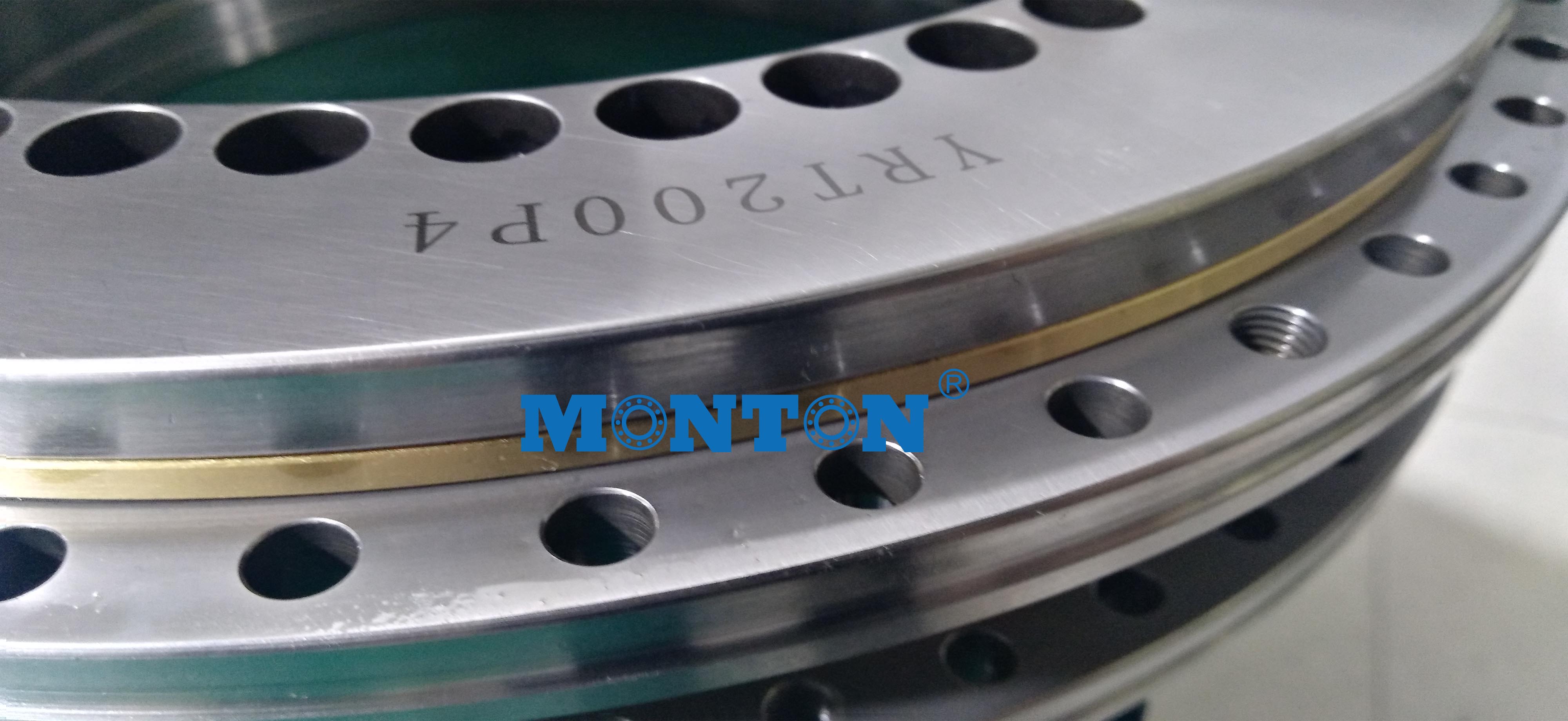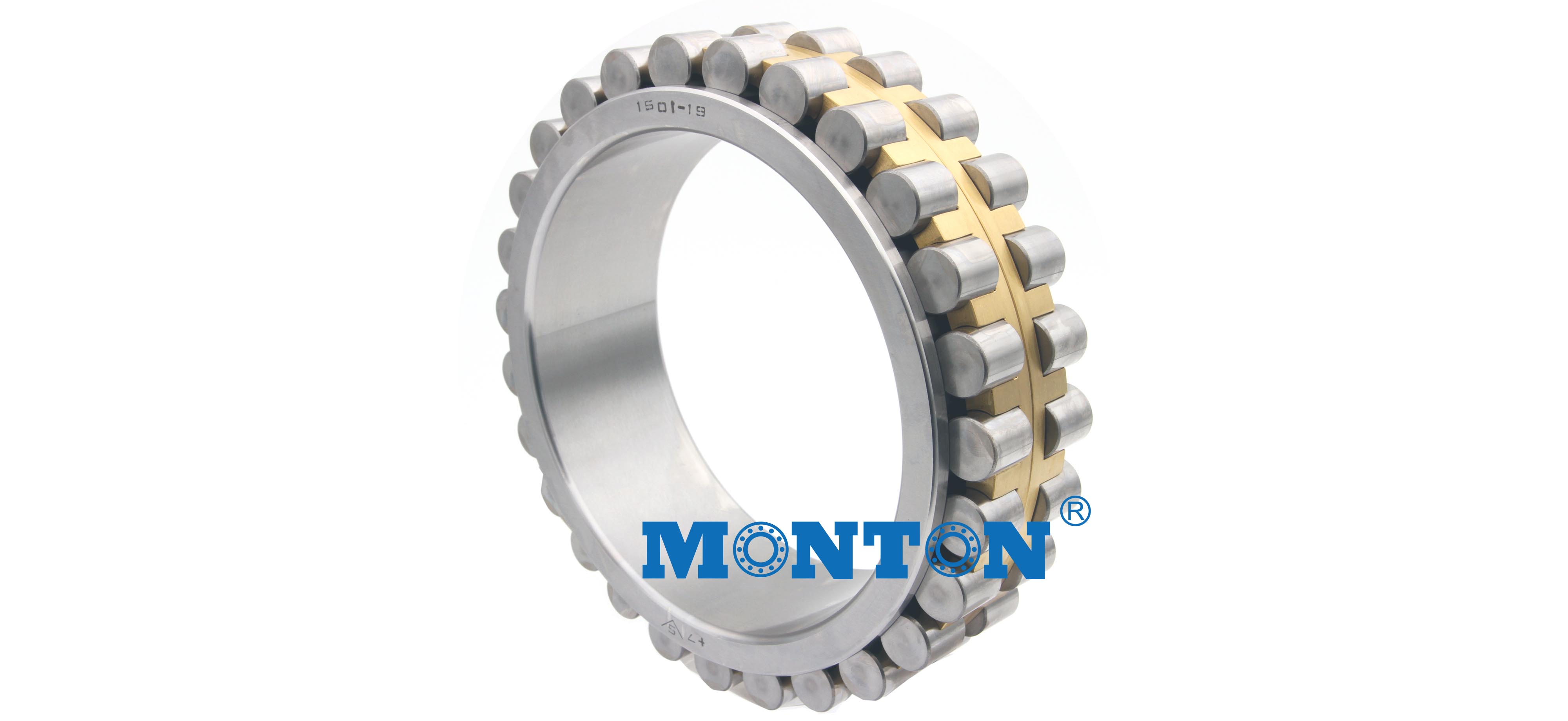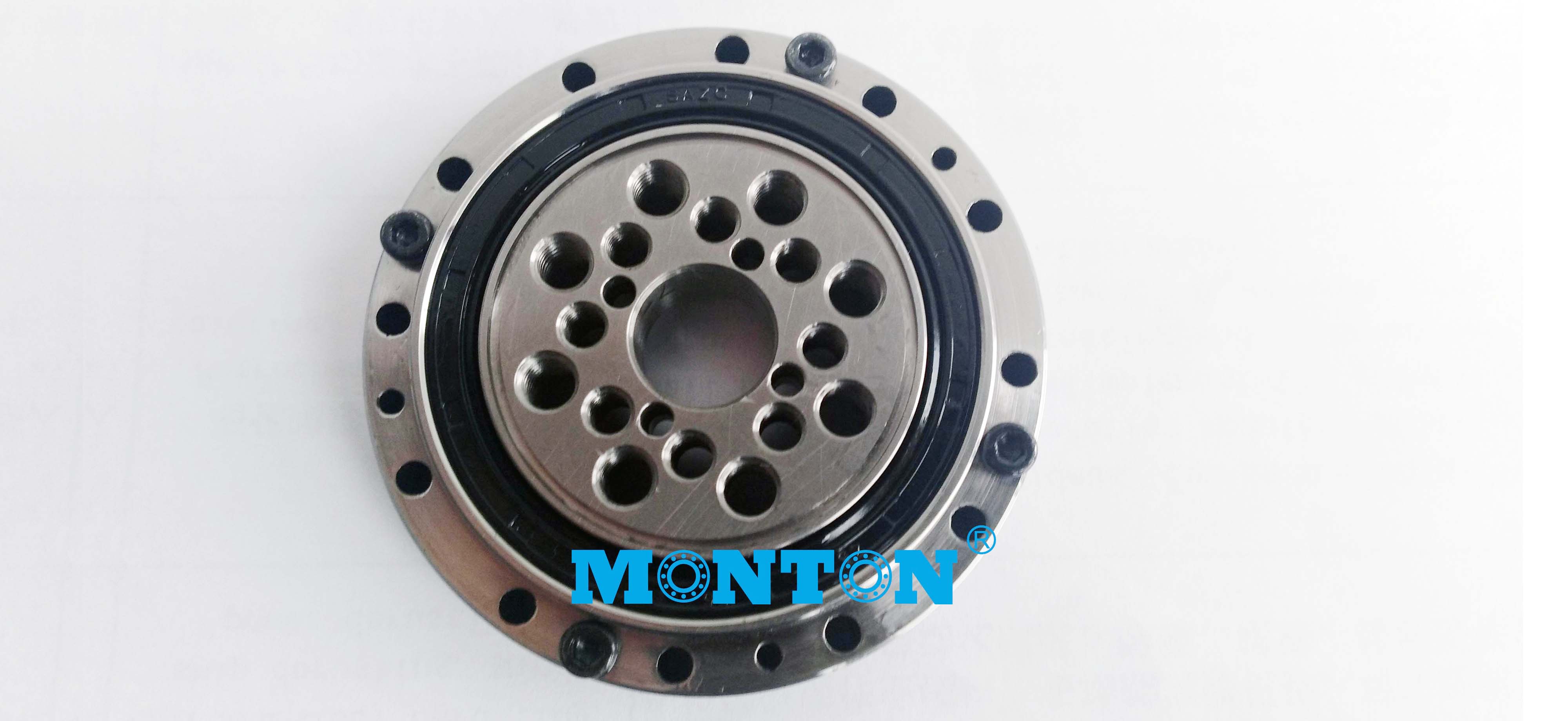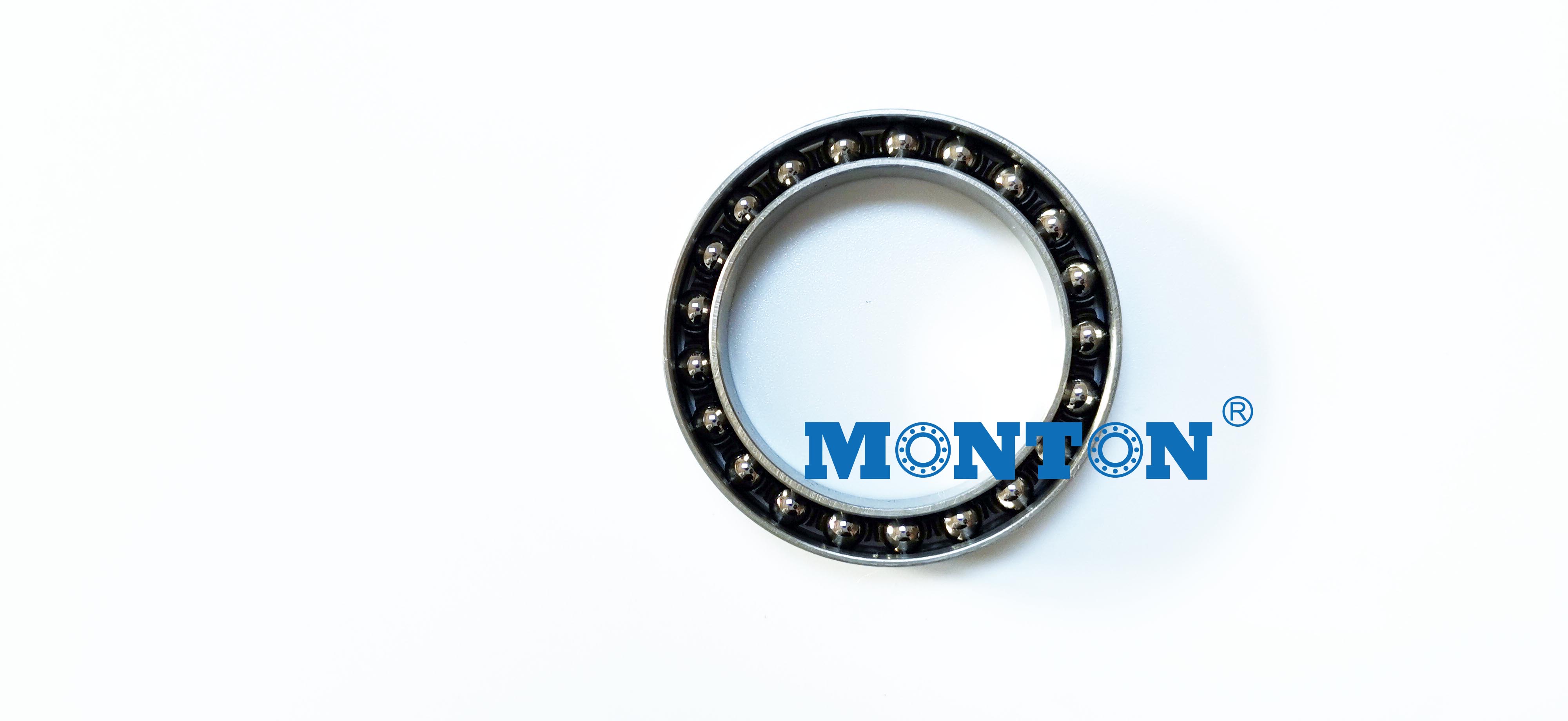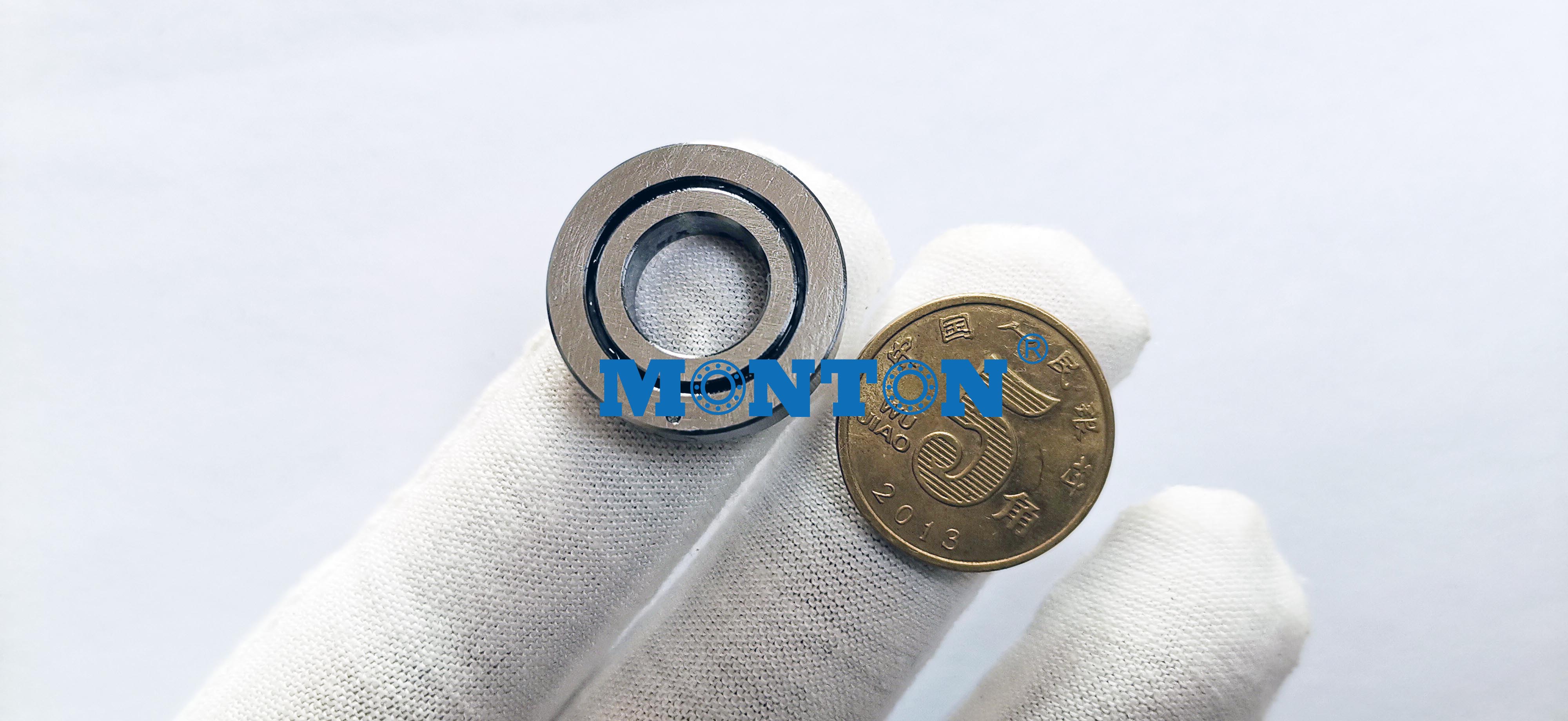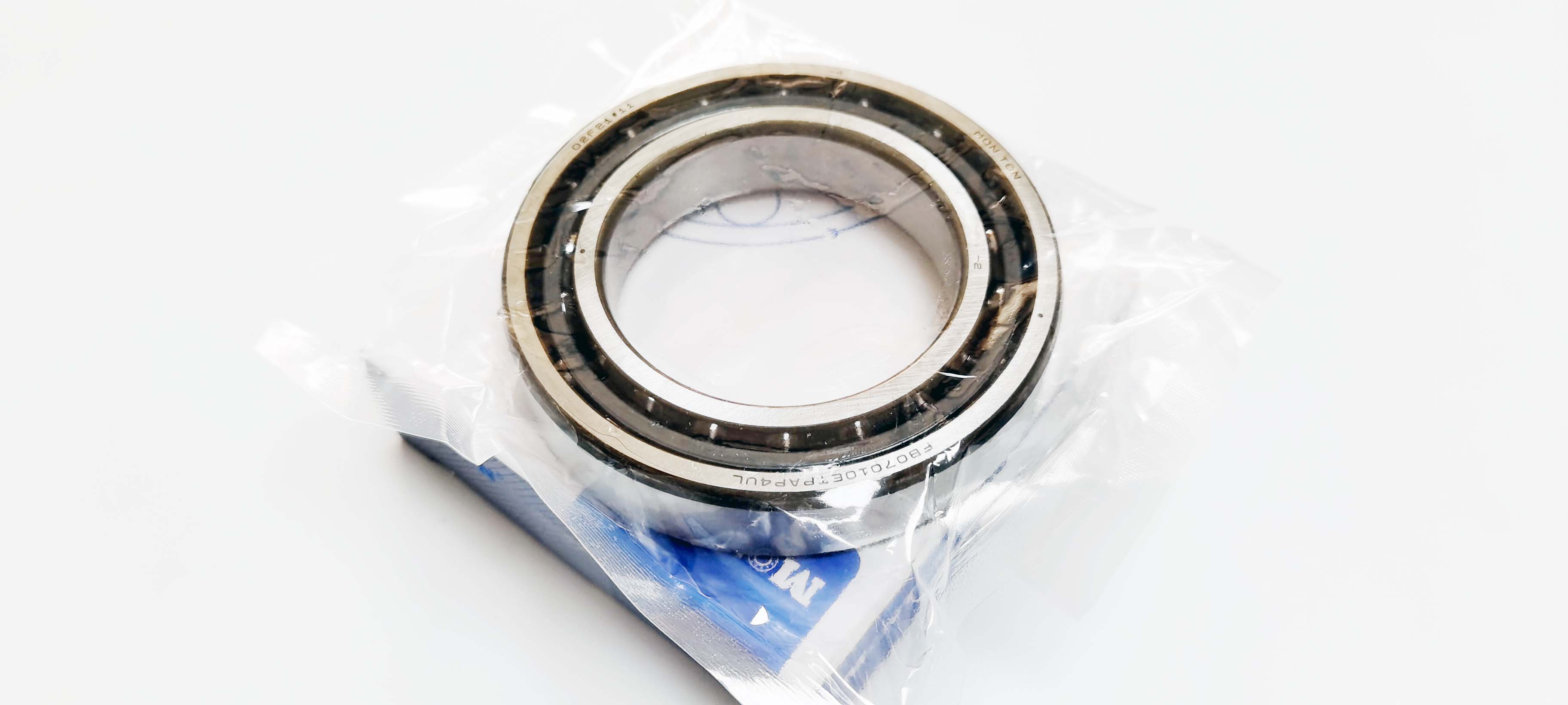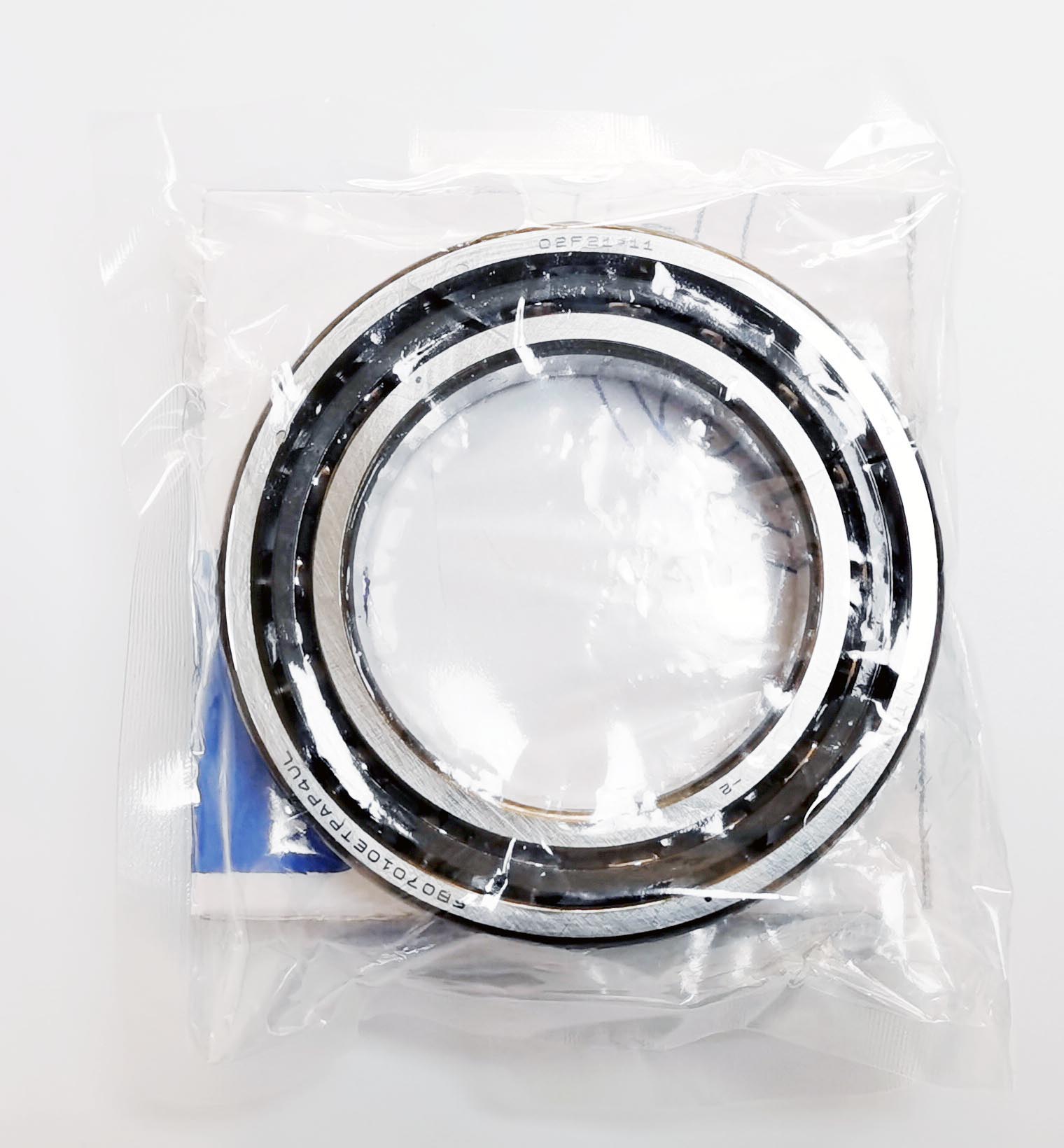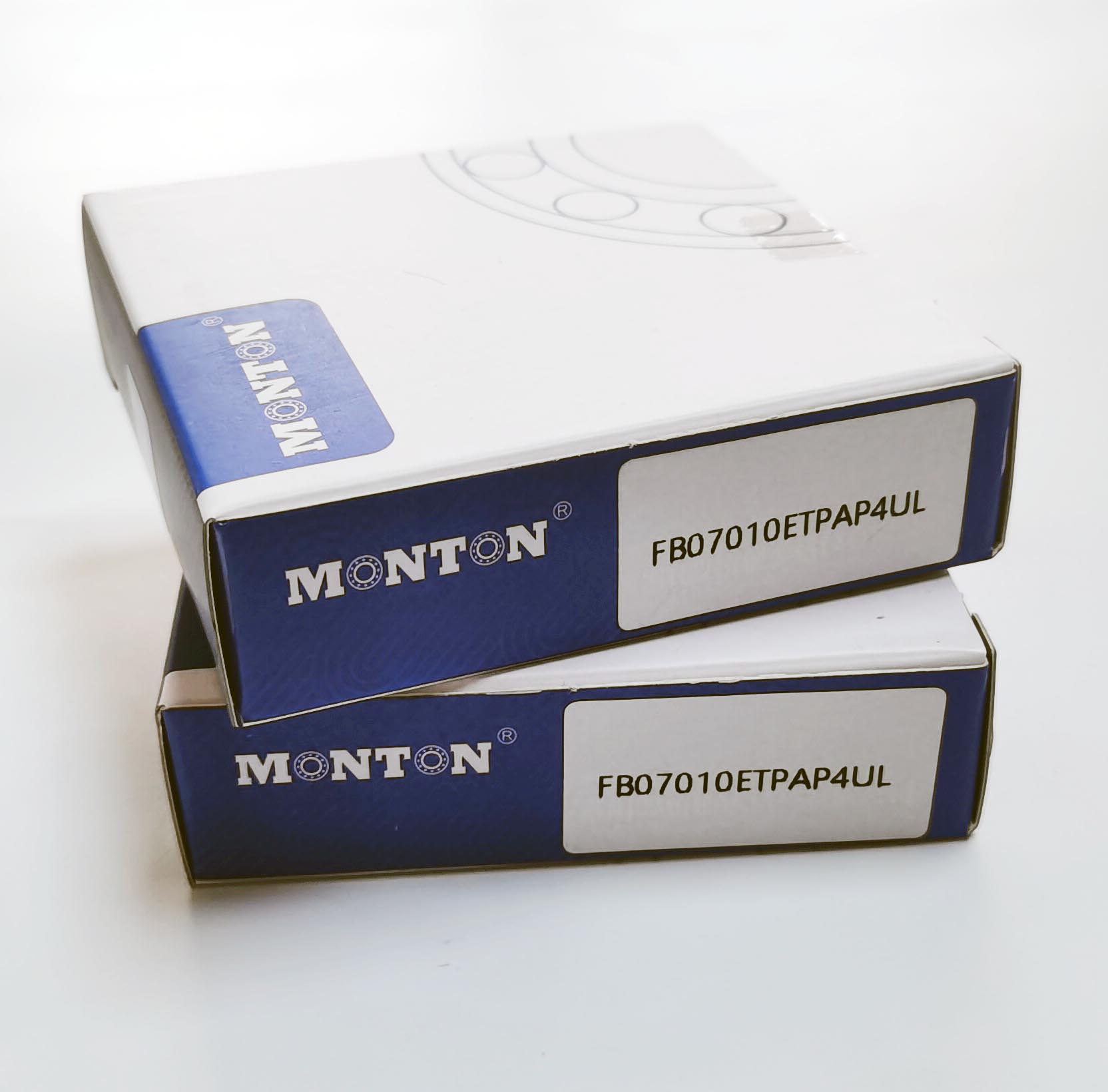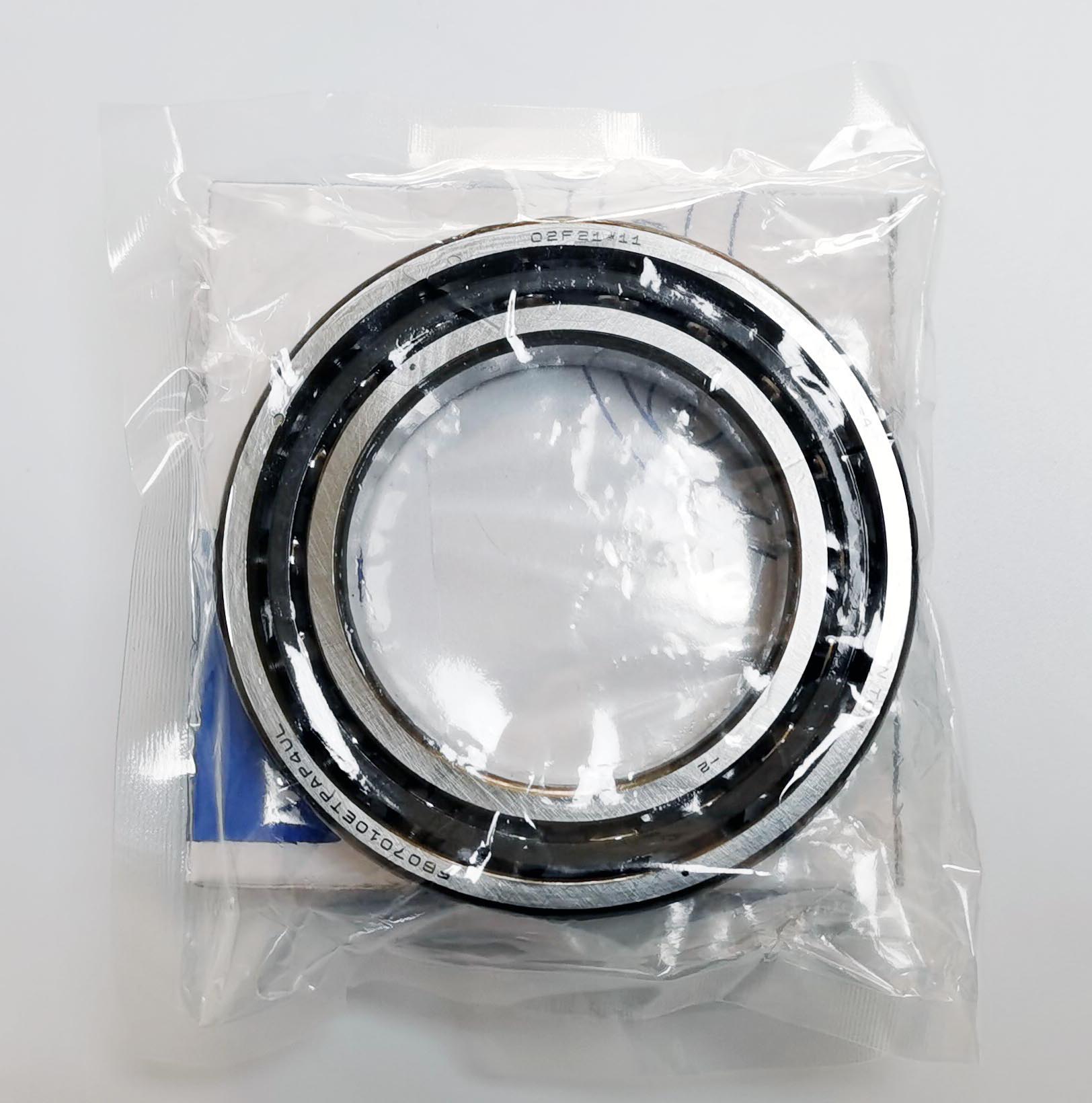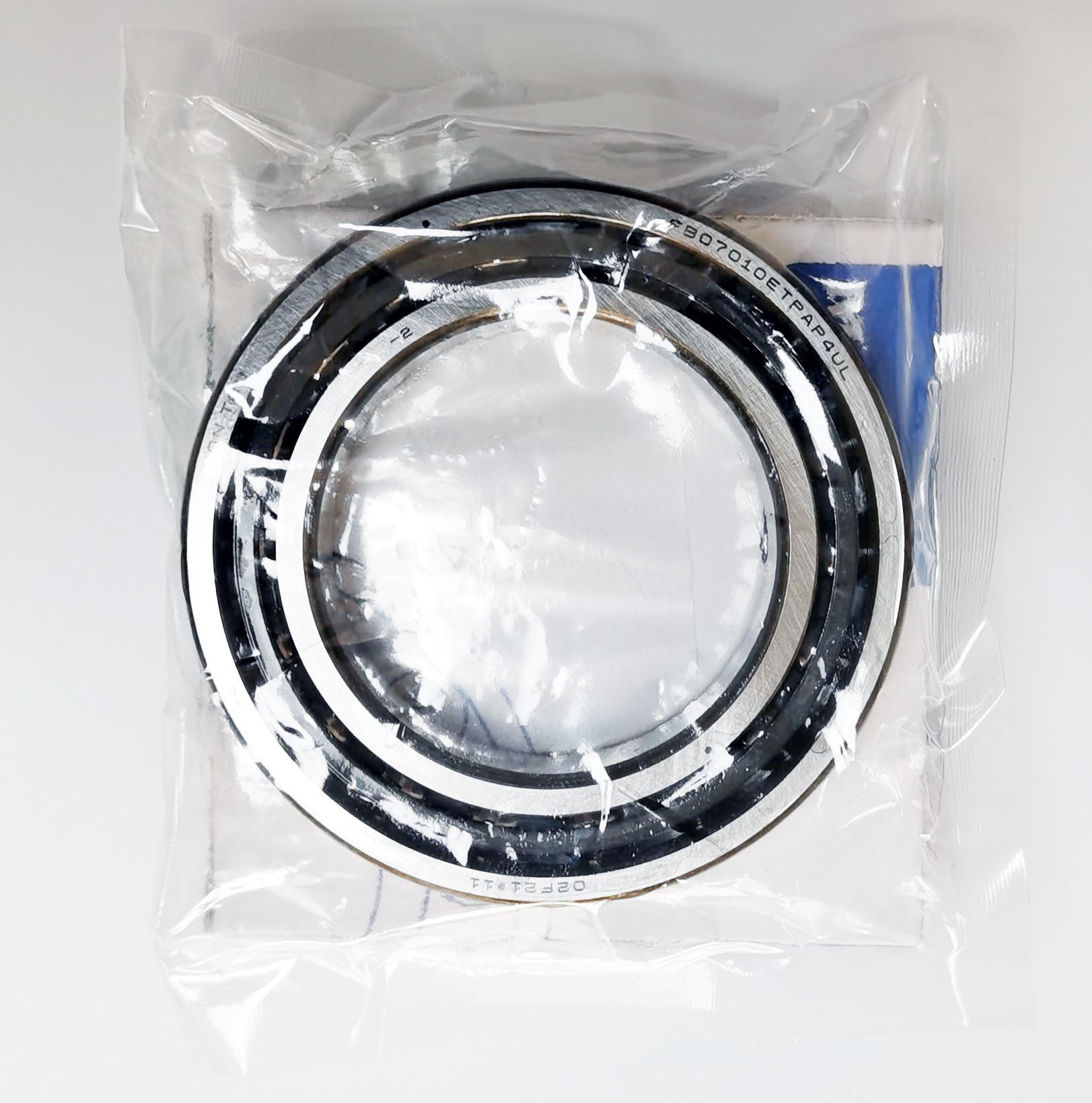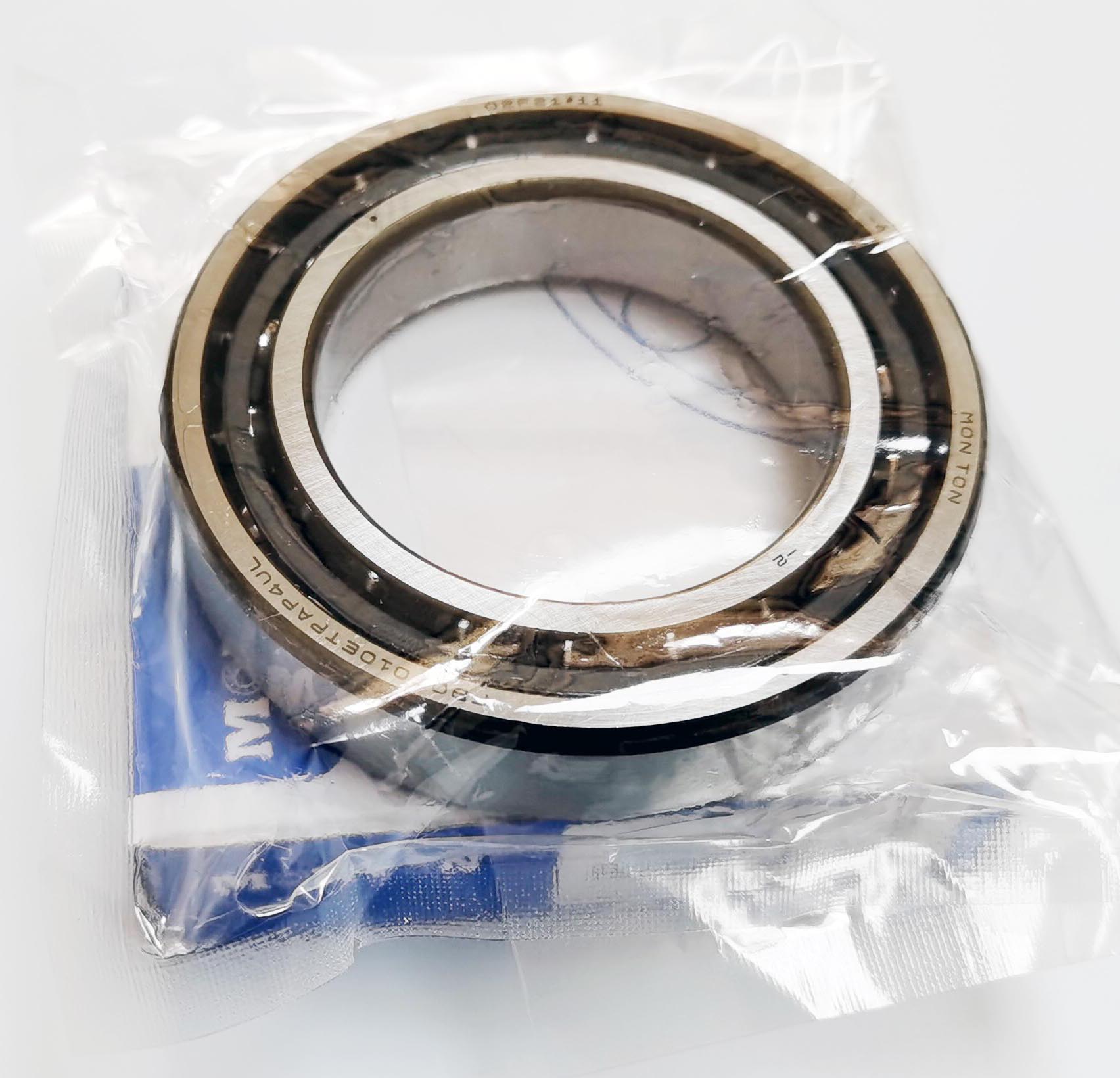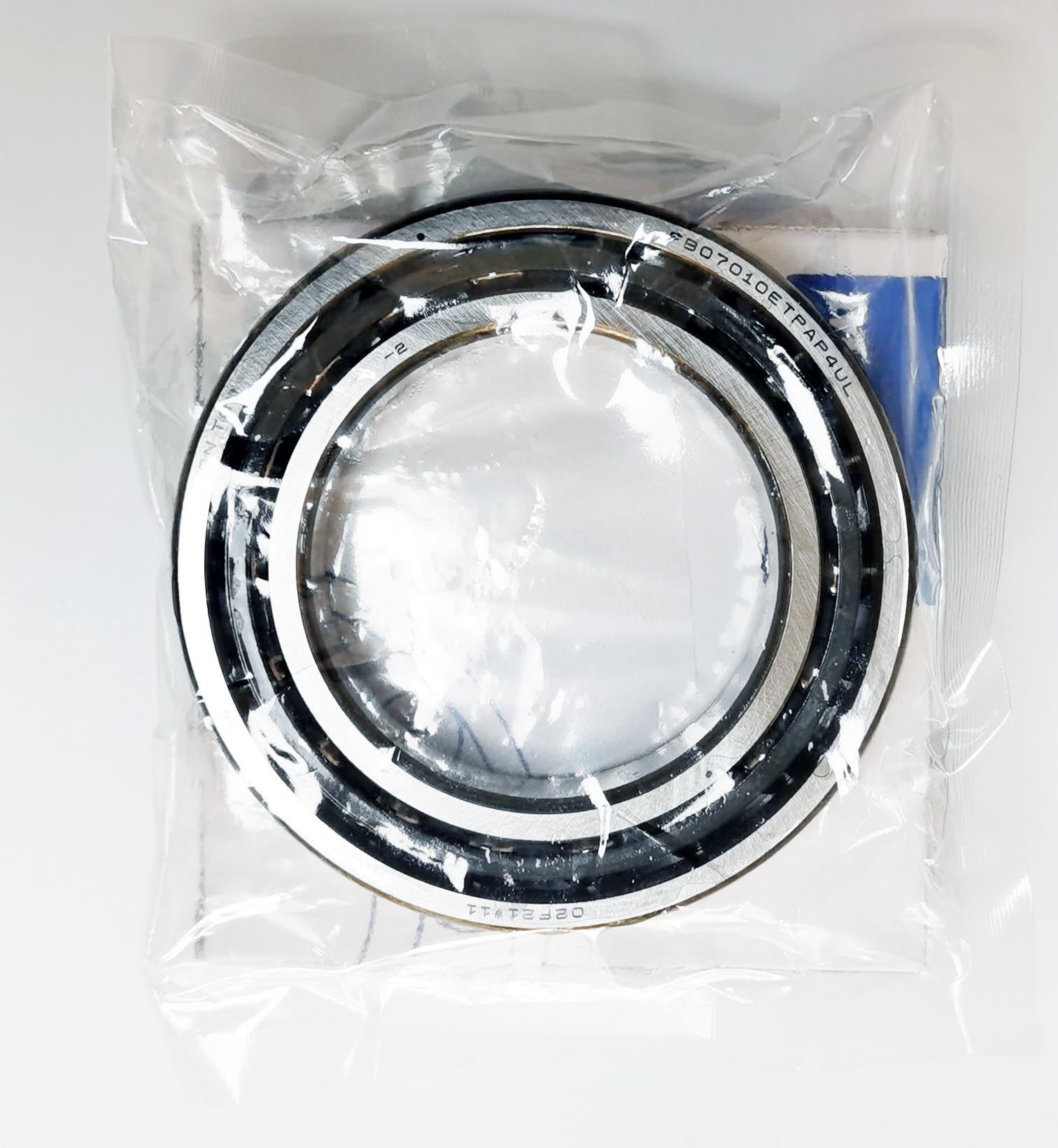B7010E.T.P4S High Precision Angular Contact Ball Bearing
B7010E.T.P4S High Precision Angular Contact Ball Bearing
B7010E.T.P4S High Precision Angular Contact Ball Bearing
- Bearing:B7010E.T.P4S
- d:50mm
- D:80mm
- B:16mm
- C:14.8KN
- Co:10KN
- Attainable speed for grease lubrication:23 000 r/min
- Fatigue load limit:0.425 kN
- Contact angle:15 °/25 °
- Ball diameter:7.938mm
- Number of balls:21
- Mass:0.25KG
- Original:Luoyang
- Brand:MONTON
- Packing:SIngle box
- Delivery:Stock
- Price:Welcome inquiry with us!
B7010E.T.P4S
| Bearing Code | Dimensions | Preloading Force N | Unloading Force | Axial Rigidity | Weight | ||||||||||
| FV | KaE | Sa | |||||||||||||
| d | D | B | rsmin | r1smin | L | M | H | L | M | H | L | M | H | kg | |
| mm | mm | mm | N/µm | ||||||||||||
| B7010C.T.P4S | 50 | 80 | 16 | 1 | 1 | 150 | 507 | 1054 | 468 | 1722 | 3850 | 52.7 | 92 | 134.7 | 0.25 |
| B7010E.T.P4S | 50 | 80 | 16 | 1 | 1 | 211 | 779 | 1663 | 619 | 2372 | 5240 | 120.4 | 198.1 | 271.5 | 0.25 |
| HCB7010C.T.P4S | 50 | 80 | 16 | 1 | 1 | 74 | 275 | 586 | 226 | 892 | 2014 | 44.6 | 76.9 | 109.7 | 0.21 |
| HCB7010E.T.P4S | 50 | 80 | 16 | 1 | 1 | 89 | 397 | 889 | 261 | 1192 | 2741 | 100.5 | 172.3 | 235.5 | 0.21 |
| XCB7010C.T.P4S | 50 | 80 | 16 | 1 | 1 | 74 | 275 | 586 | 226 | 892 | 2014 | 44.6 | 76.9 | 109.7 | 0.21 |
| XCB7010E.T.P4S | 50 | 80 | 16 | 1 | 1 | 89 | 397 | 889 | 261 | 1192 | 2741 | 100.5 | 172.3 | 235.5 | 0.21 |
| HS7010C.T.P4S | 50 | 80 | 16 | 1 | 1 | 46 | 137 | 273 | 137 | 430 | 900 | 36.7 | 57.7 | 79.4 | 0.29 |
| HS7010E.T.P4S | 50 | 80 | 16 | 1 | 1 | 74 | 222 | 444 | 212 | 650 | 1329 | 91.2 | 136.2 | 178 | 0.29 |
| HC7010C.T.P4S | 50 | 80 | 16 | 1 | 1 | 32 | 95 | 190 | 95 | 294 | 610 | 36 | 55.4 | 74.7 | 0.27 |
| HC7010E.T.P4S | 50 | 80 | 16 | 1 | 1 | 51 | 154 | 308 | 148 | 451 | 917 | 91.3 | 134.6 | 174.3 | 0.27 |
| XC7010C.T.P4S | 50 | 80 | 16 | 1 | 1 | 32 | 95 | 190 | 95 | 294 | 610 | 36 | 55.4 | 74.7 | 0.27 |
| XC7010E.T.P4S | 50 | 80 | 16 | 1 | 1 | 51 | 154 | 308 | 148 | 451 | 917 | 91.3 | 134.6 | 174.3 | 0.27 |
Angular contact ball bearing
The term angular contact ball bearings is a term used for special ball bearings. Analogue to radial deep groove ball bearings, the balls are guided through deep grooves in the inner and outer race with a narrow bevelling plane. Again, the relatively small areas of contact between the balls and the raceway (point-contact) make the rolling resistance very small. The so-called cage prevents the balls touching and thus permits low-friction load transmission of moving machine parts.
The difference between these and deep groove ball bearings is that the bearing cross-section is designed asymmetrically. Angular contact ball bearings are designed to support loads whose line of application is not perpendicular to the bearing axis but rather at a certain angle to the perpendicular axis (contact angle). For this purpose, the shoulder is designed more pronounced around the ball (contact zone) near the line of application (contact angle), allowing loads applied at an angle to be supported better. If angular loads are split up into their radial and axial load shares, angular contact ball bearings can only support axial loads in one direction on account of their design.
The opposite bearing shoulder is much less pronounced to make mounting easier. Care must be taken to install the bearing the right way round.
Contact angles of 15°, 25° and 40° are common. The larger the contact angle, the higher the axial load capacity. At the same time, the maximum speed limit is reduced as the contact angle increases.
In practice, angular contact ball bearings are often used in pairs. This allows axial loads to be supported in both directions. Depending on the pattern of load application lines, specialists talk about O or X layouts. If two bearings are mounted behind one another with identical contact angle alignment, the term tandem layout is used.
Modern angular contact ball bearings are usually filled with suitable roller bearing grease and thus maintenance-free for many applications. Sealing and oil supply expenditure are no longer required. However, no heat is dissipated from inside the bearing when grease is used as a lubricant.
Depending on the number of ball rows used, a distinction is made between single-row and multi-row angular contact ball bearings.
In addition, angular contact ball bearings are categorised according to the quality of raceway and manufacturing tolerances into angular contact ball bearings (normal version) and spindle bearings (high-precision version).
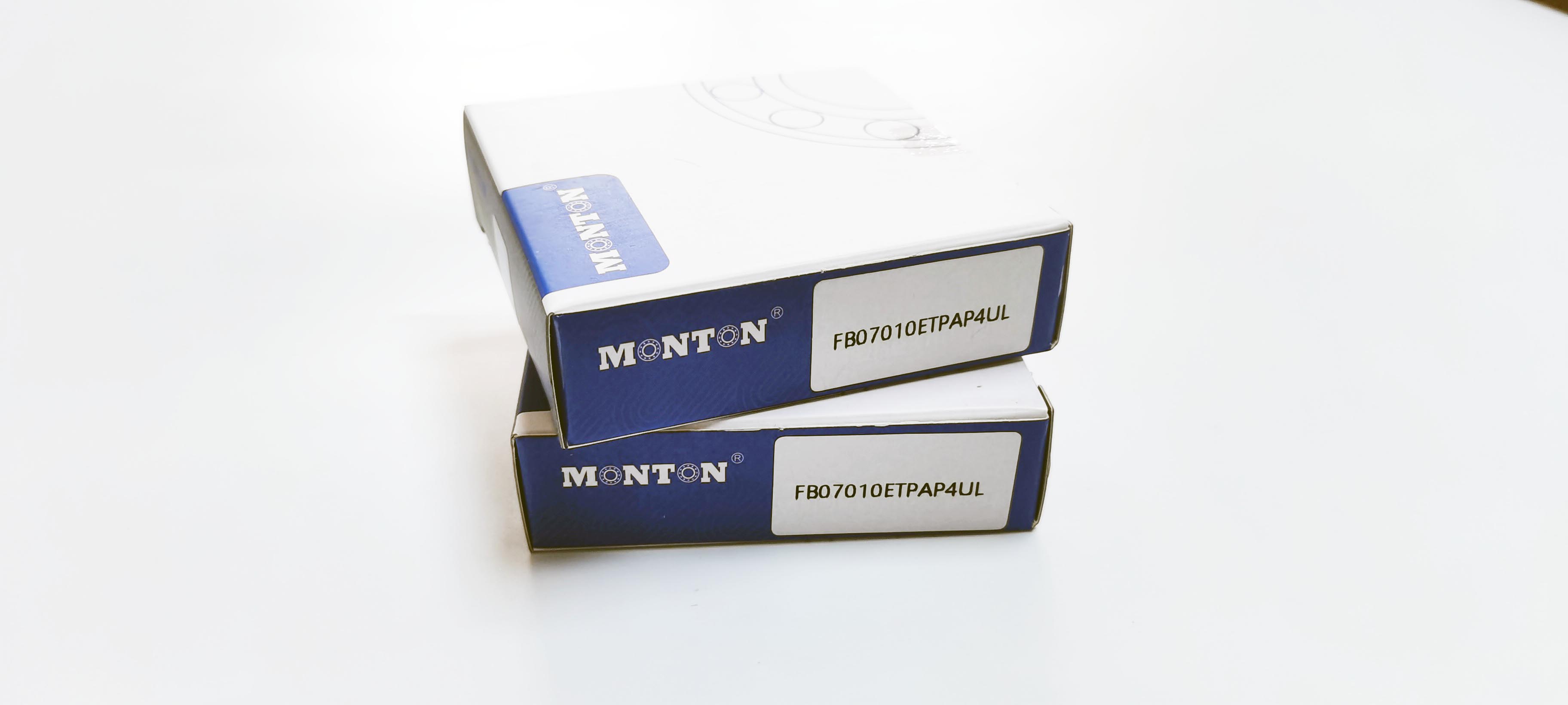
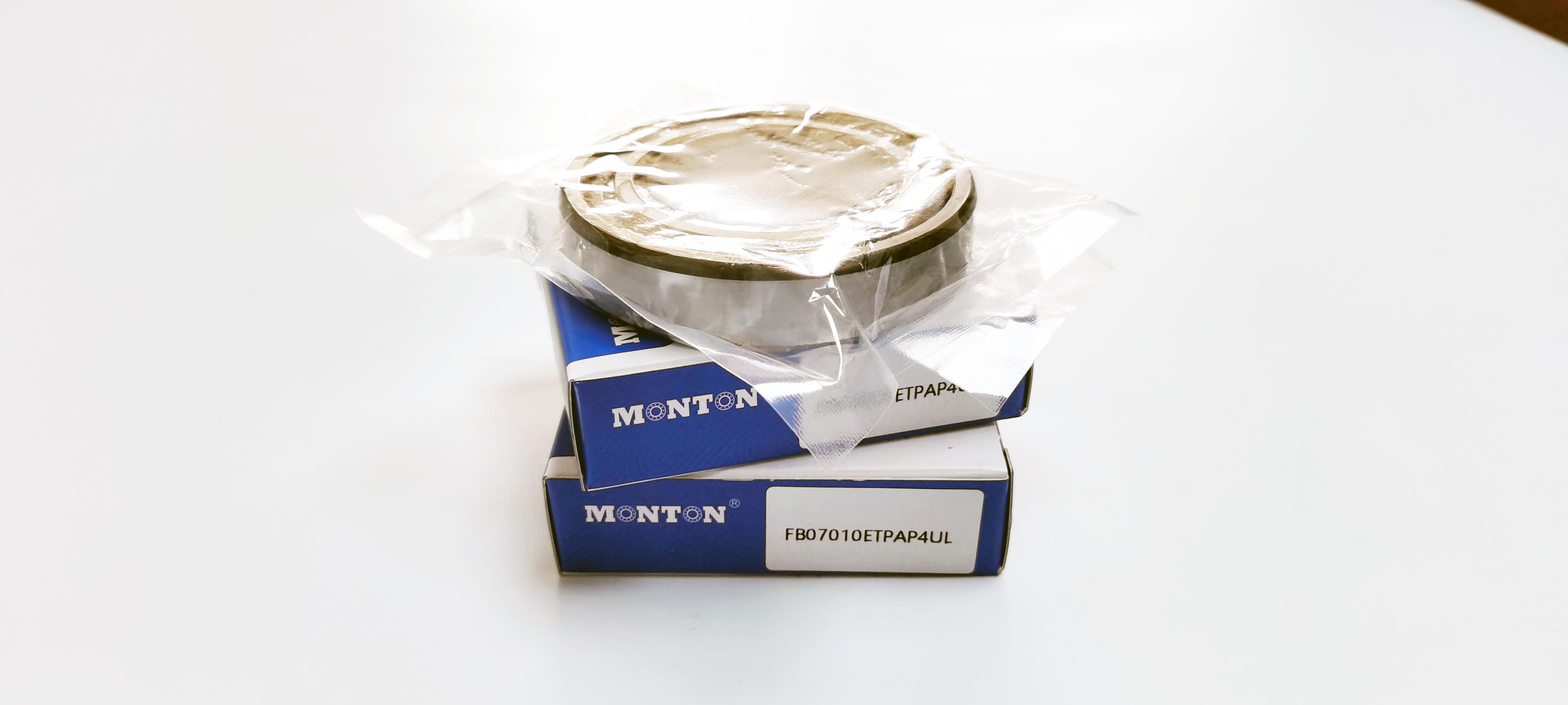
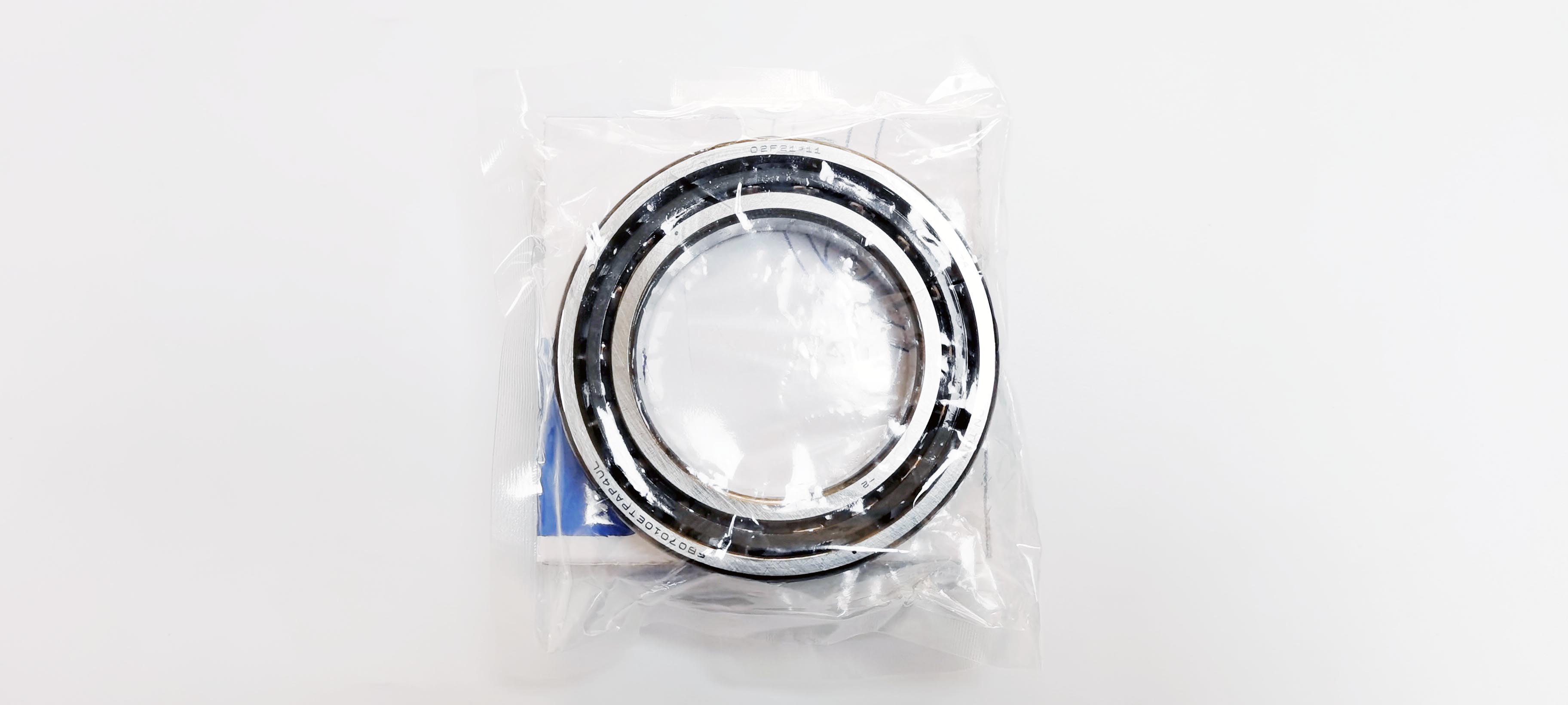
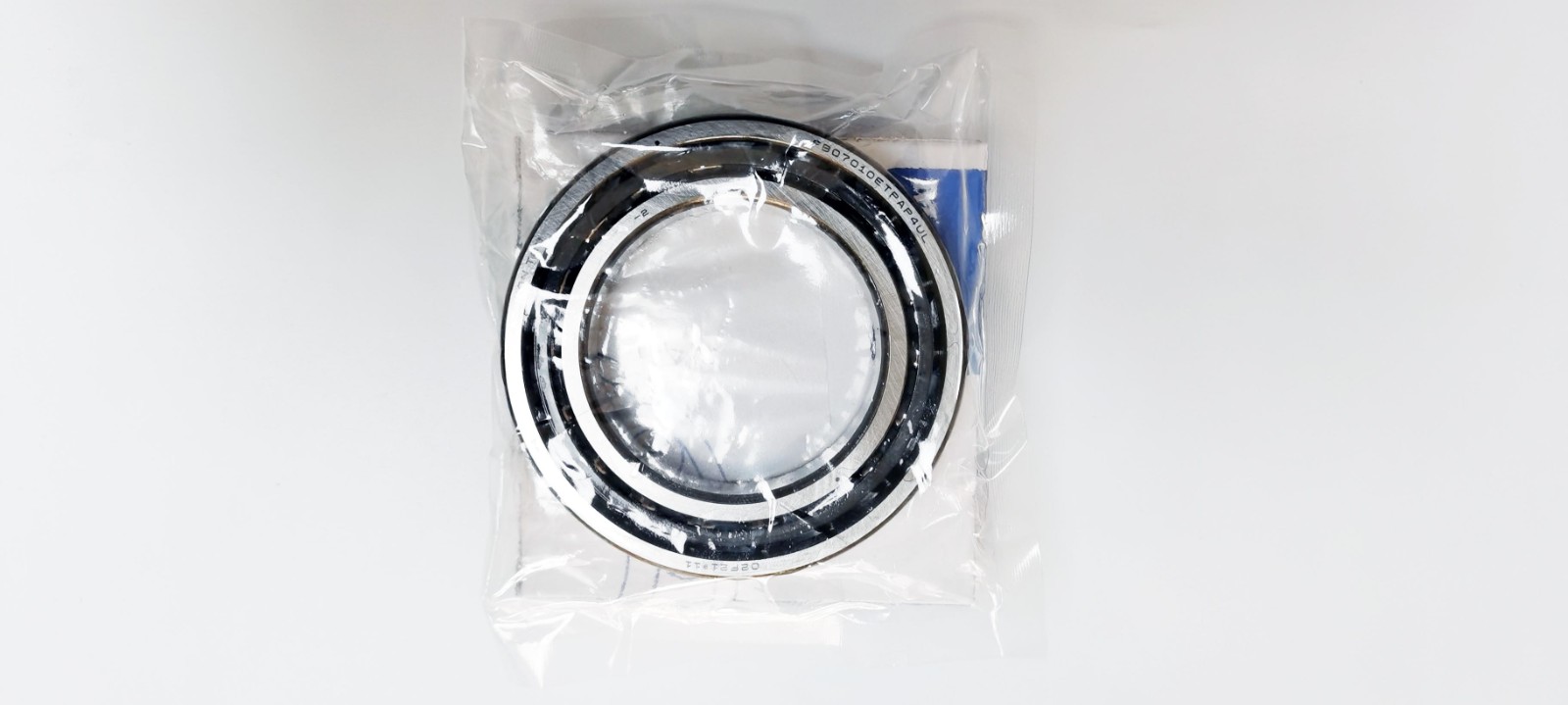
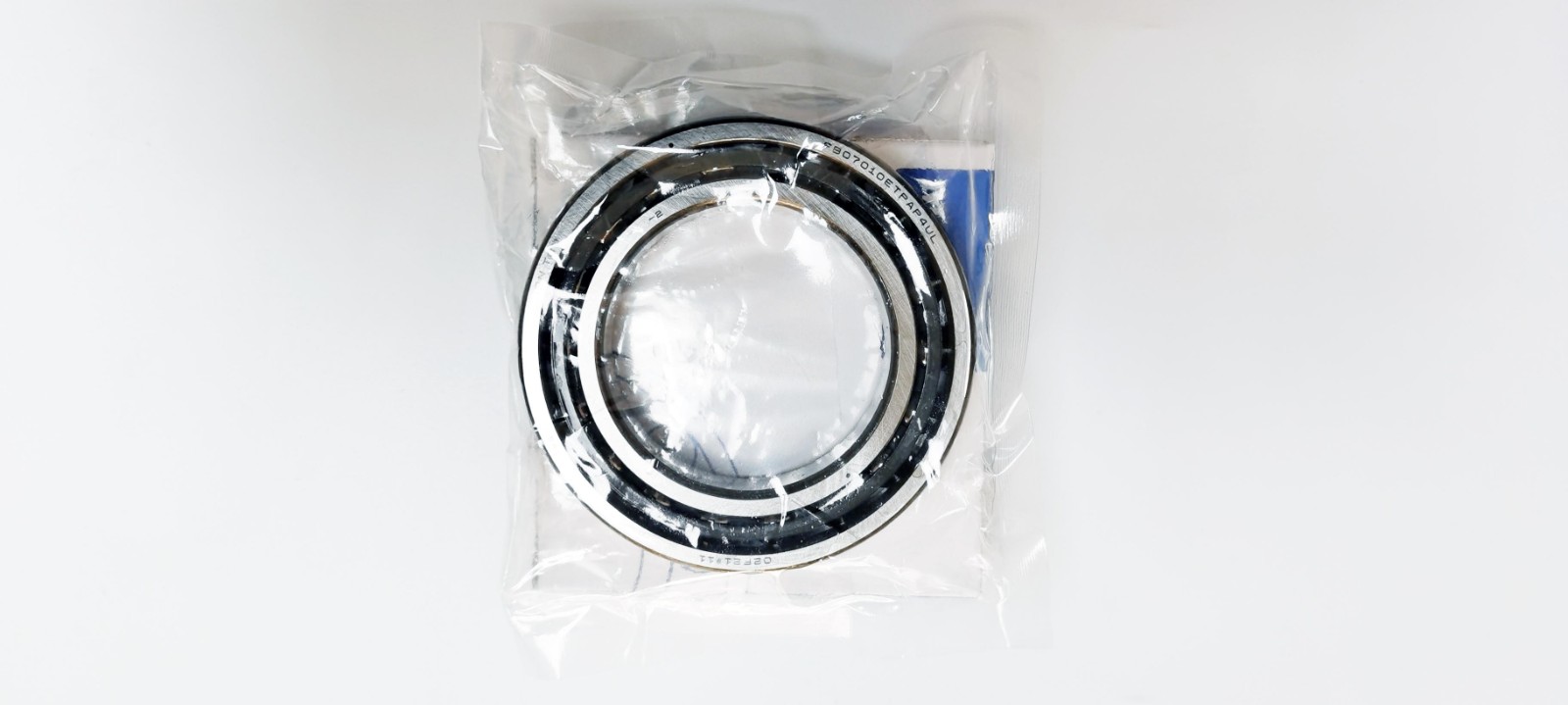
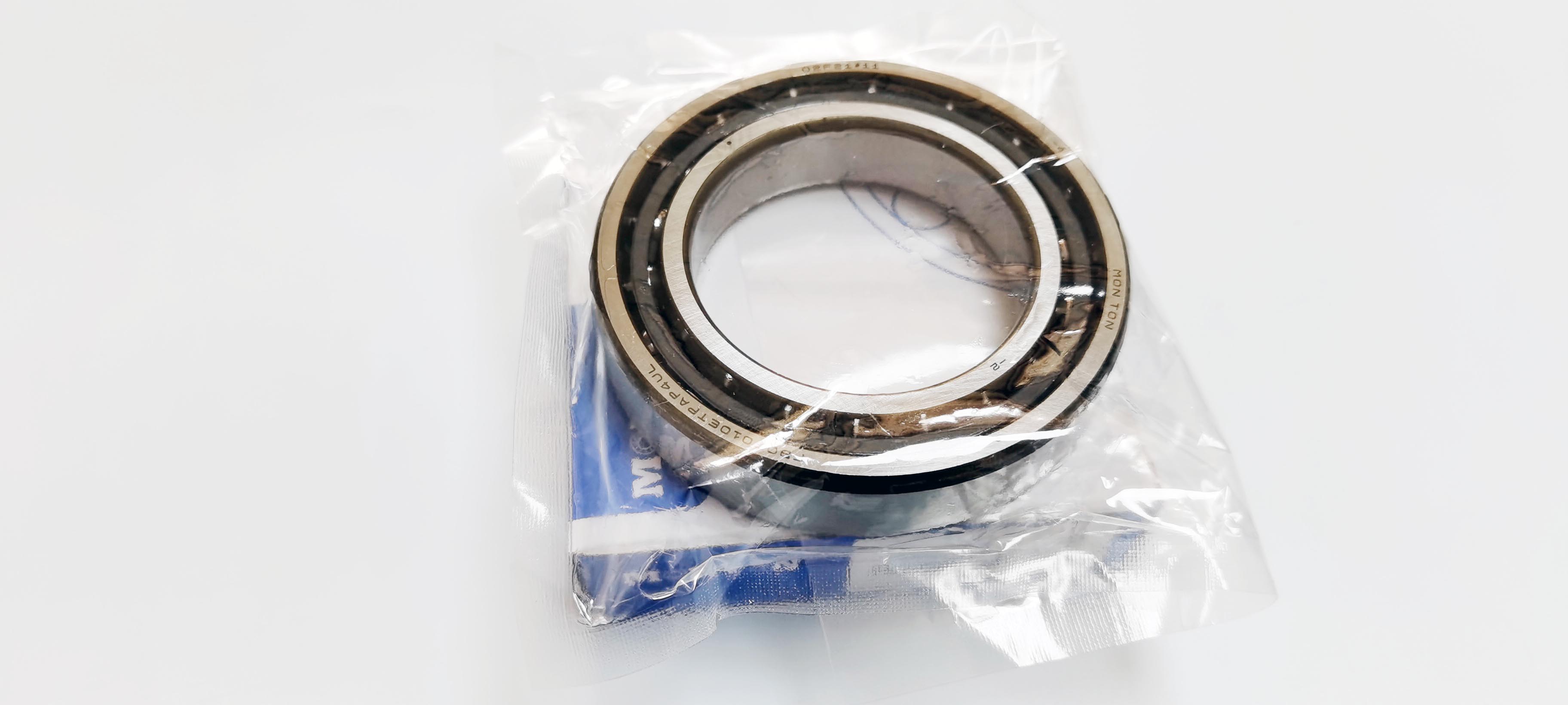
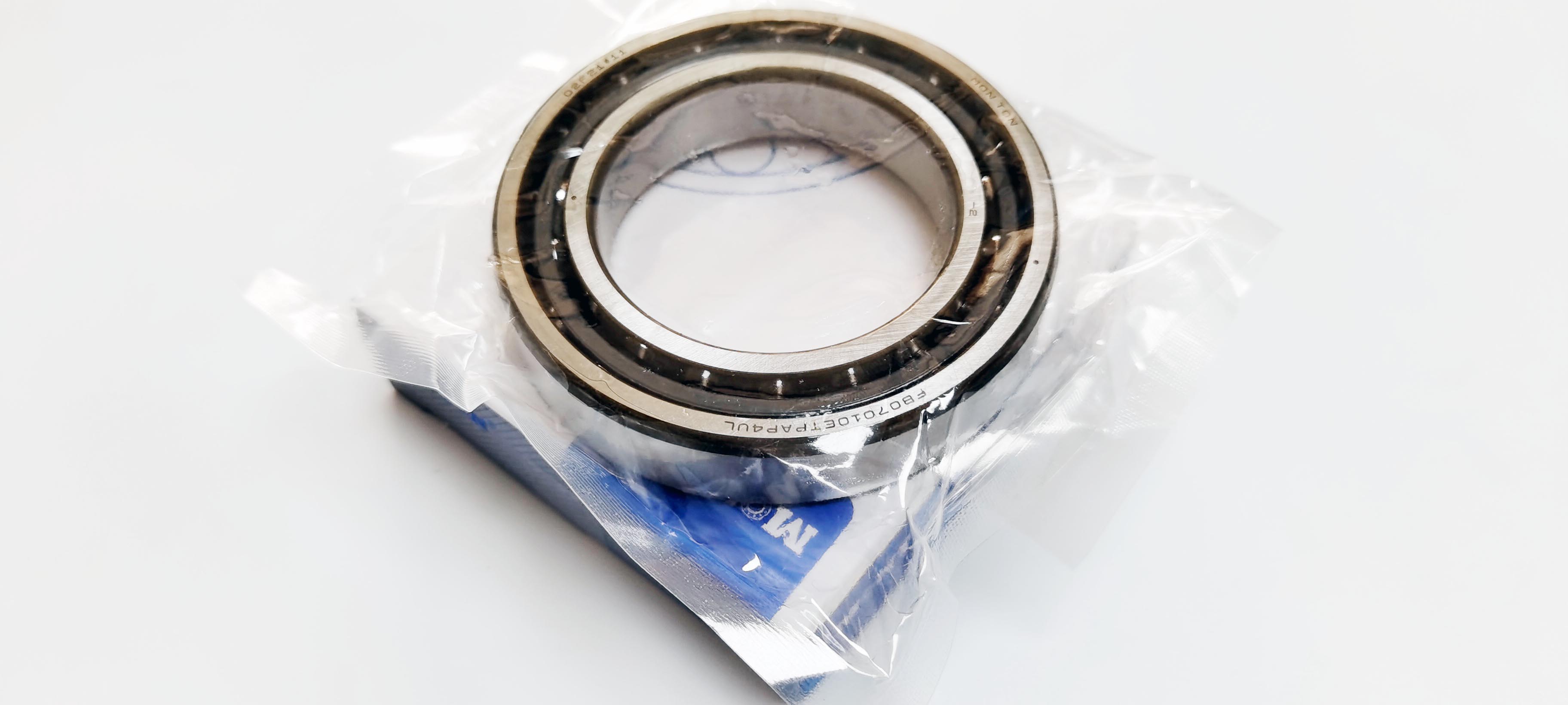
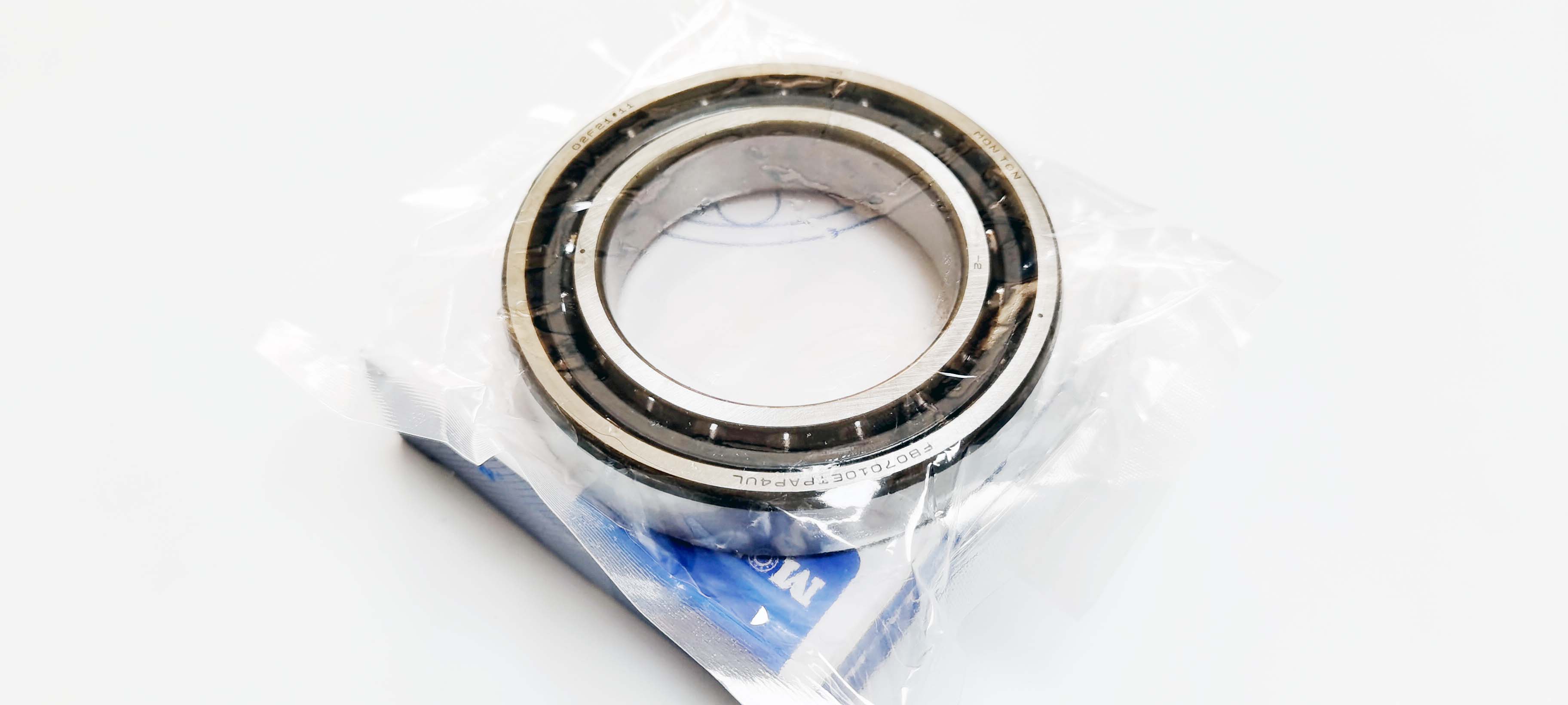


 English
English Russian
Russian Chinese
Chinese



